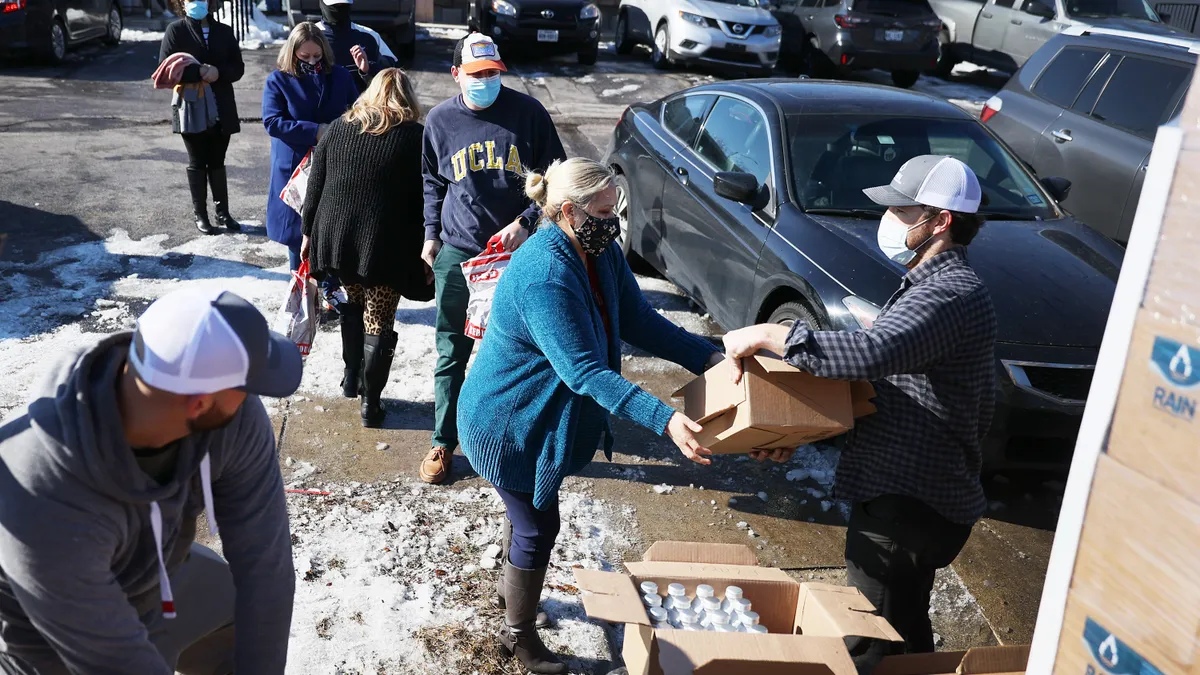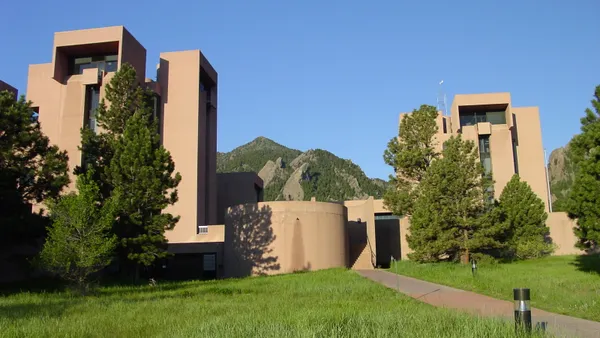Dive Brief:
- The city of Austin, Texas, is using $3 million in American Rescue Plan funds to create six initial resilience hub sites this year. It ultimately aims to form a larger network of facilities that offer day-to-day services and support communities, particularly vulnerable populations, before, during and after disasters, according to a press release this week.
- The city will host a series of workshops with community members to help identify the location and programmatic elements needed within each hub. The aspirational goal is to have up to 30 resilience hubs established by the end of 2025, Austin Chief Resiliency Officer Laura Patiño said in an email.
- The city’s announcement called out “more frequent severe weather and other disasters” coming from climate change. It also pointed to the experience of Austinites in February 2021, when a winter storm left hundreds of thousands of homes without electricity and water for days, “underscoring the very critical need for advance planning for community-trusted, safe locations,” the press release stated.
Dive Insight:
Austin’s announcement this week described resilience hubs as complementary to emergency response and operations. They are “trusted neighborhood spaces that strengthen community ties and provide basic needs when disasters strike.” A resilience hub may offer safe shelter, backup power, food and water supply, accessible bathrooms and more. Sites are being evaluated for potential generators, solar power or battery storage, as well as rainwater or potable water cisterns. And in times of stability, the city believes hubs can also “help equitably enhance community resilience by offering resources and community-building activities year-round.”
Cities interested in resilience hub initiatives include: Tempe, Arizona, which sought to turn a former restaurant into a hub this year, leveraging federal dollars; Orlando, Florida, which included resilience hubs in its Future-Ready Master Plan and garnered funds to transform multiple community centers; and Seattle, whose Green New Deal Oversight Board recently recommended a $2.4 million investment to identify and develop resilience hubs in the city for emergencies like extreme heat events and wildfire smoke.
Patiño said the city’s resilience team with the University of Texas reviewed resilience hubs in Baltimore, Maryland, Cleveland, Ohio, Detroit, Miami, Washington, D.C., and elsewhere in Texas, Dallas and Houston. “While each city has significant differences based on the communities they serve, the various programmatic and operational models have showcased the importance of accessible community spaces and significance in building community resilience before, during, and after disasters,” Patiño said.
The city is working with Austin’s Independent School District and Travis County, among other partners. And in a memo updating the city council on Wednesday, Patiño tagged officials working on equity, sustainability and homeland security and emergency management. Patiño added in Thursday’s email that volunteer organizations, faith-based organizations and private businesses that have already established safe locations during disasters will also play a key role. The city’s resilience office is currently circulating a survey to determine which organizations may be interested in setting up a resilience hub at their facilities.
The city allocated over $500,000 in staff support for the pilot program, with the potential to consider additional funding following its launch, Patiño said. The resilience hub network is just one initiative as the city continues to develop a comprehensive resilience plan.













